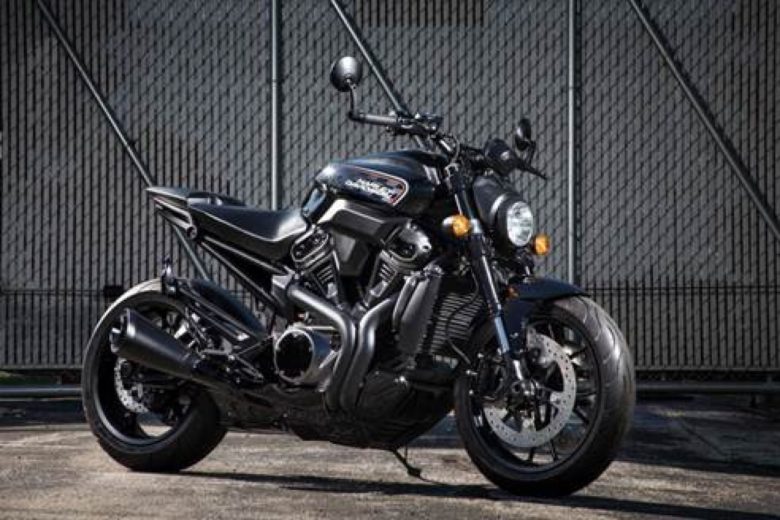If you just motored off the lot of a Harley-Davidson dealership on a new ride and think your ownership experience is now complete, think again. Whether you become a formal H.O.G. member or not, you are now part of a rich tradition that extends back to 1903, as well as a tight-knit community that has been growing in membership since 1983.
Over the past 30 years, Harley-Davidson has steadily expanded their global presence, capitalizing on the popularity of American-made products. The Harley-Davidson brand epitomizes the image of power and rebellion, an American trademark that resonates with people all over the world. Here’s what this means for you, the savvy investor.
Researching the strategy
Since the foundation for increased globalization of the HOG brand is already there, recent economic and trade developments have enabled the company to place a greater priority on expansion into new markets. While outside forces and unpredictable events like major recalls can affect earnings, Harley-Davidson knows innovation and efficiency are the keys to staying relevant.
Harley-Davidson recently released its strategy for growth through 2022 and a vision of their objectives through 2027 for investors to review. After reviewing their financials and filings, you can review your own stock trading strategies to decide if buying Harley-Davidson is a good fit for your portfolio.
Prior to changes in trade policy and steel costs, several different motorcycle manufacturers were working up plans to counteract a market in general decline. So some of the losses which investors see today are part of a general trend that manufacturers are trying to overcome. As various countries like India, for example, experience surges in income and wealth, long-term strategies must be adjusted for these manufacturers to remain competitive.
Related global trends
It’s important to keep the long-term big picture in mind while considering whether to buy stocks in decline. But if you pay attention to key indicators and employ tested strategies, you can be successful while trading in stocks that have personal significance to you or align with your values.
One important factor affecting the motorcycle industry continues to be the price of oil. As prices fluctuate higher, motorcycle ownership becomes increasingly attractive, and the current deflation of the oil market can play a role in the stock prices for various manufacturers. But this indicator has flipped several times in the past and is likely to continue as the global thirst for oil continues to increase.
As Harley-Davidson tests the electric bike market, the price of electricity and the availability of recharging stations will also affect the adoption of electric bikes, much as it has affected the electric car market. It’s possible that advancements in the electric charging infrastructure for the auto industry will have a positive blowback effect for manufacturers seeking to solidify market share with new electric bike offerings, so this will be another important space to watch. Battery technology and the availability of raw materials present another challenge to manufacturers and customers alike seeking to exit the carbon infrastructure.
While many Harley-Davidson customers are loyal to the nostalgia and traditional culture of the brand, in order for motorcycle manufacturers to attract new generations to their brand, they must recognize the need to include environmental impact assessments and strategies to widen the appeal to a new customer base. Harley-Davidson has a clearly demonstrated an ability to stay relevant through dramatic changes over the past 115 years, so owners and investors can remain confident that their brand will remain steady, even as their values pivot to new technologies and priorities.
